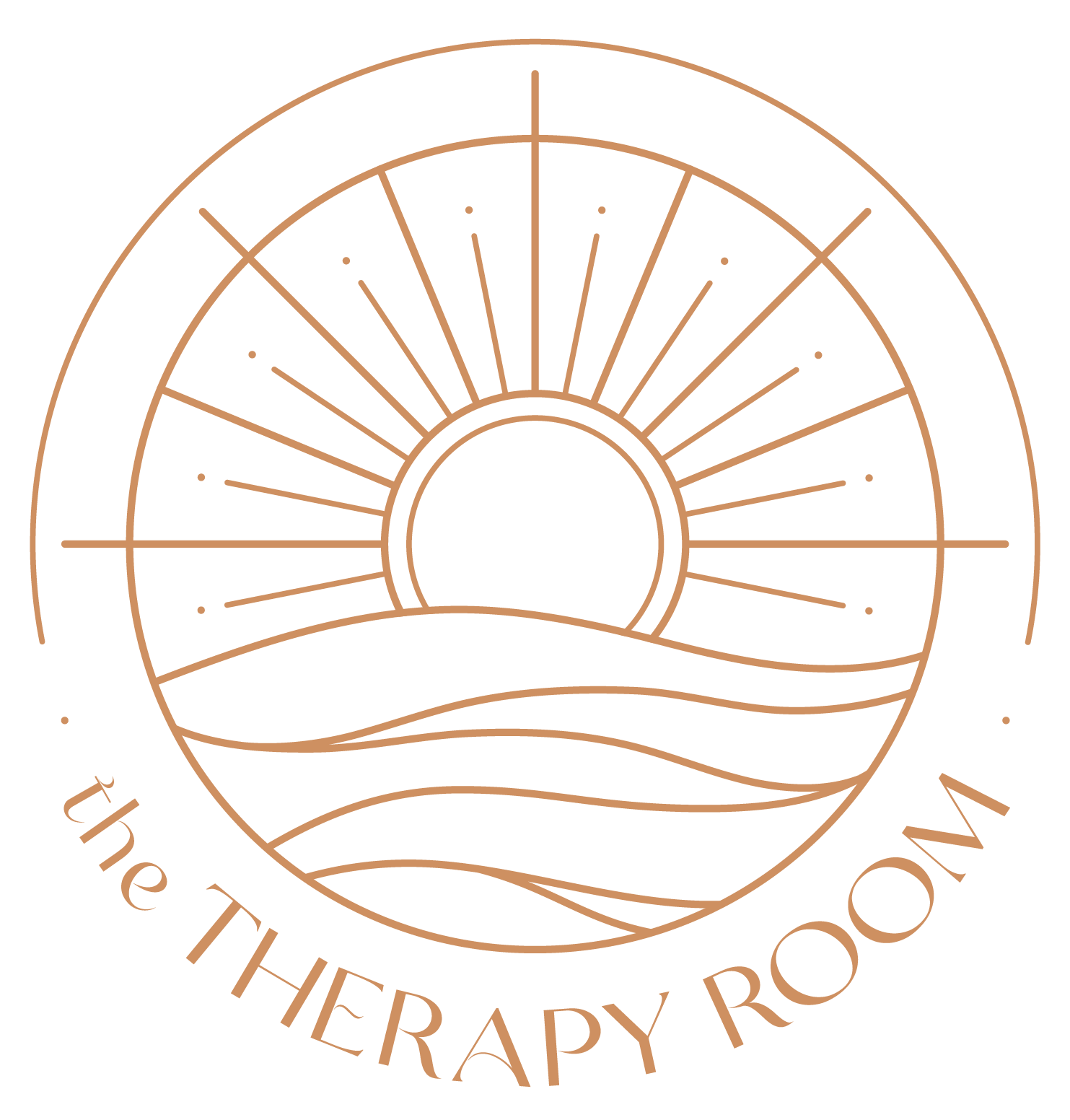Exploring the Benefits of Family Therapy for Communication Struggles
Communication is the cornerstone of healthy relationships, yet it’s a skill that many families struggle to master. In the tumult of everyday life, misunderstandings can escalate into conflicts, leaving relationships strained and fragmented. However, there’s hope amidst the chaos. Family therapy offers a beacon of light, providing a structured environment where communication struggles can be addressed and resolved. Let’s embark on a journey to explore the transformative benefits that family therapy offers in overcoming these communication hurdles.The Impact of Communication on Family Dynamics
Communication serves as the cornerstone of family dynamics, intricately weaving the threads that bind individuals together. Effective communication fosters emotional connection, trust, and understanding, while its absence can unravel the delicate fabric of familial relationships. The impact is profound, influencing not only how family members relate to one another but also shaping the collective emotional landscape. This exploration underscores the transformative power of communication in sculpting the very essence of family dynamics.The Role of Effective Communication in Building Strong Family Bonds
Effective communication serves as the lifeblood of strong family bonds, creating a foundation of resilience and enduring connection. This exploration underscores the pivotal role of clear, empathetic, and open communication in cultivating trust and understanding within the family unit. By fostering an environment where individuals feel heard and valued, such communication becomes the catalyst for building a supportive and emotionally nourishing space, fostering lasting bonds that withstand the tests of time.Common Communication Challenges Within Families
Communication within families is a complex dance, often marred by challenges that, if left unaddressed, can strain relationships. These challenges may arise from diverse sources, ranging from differing communication styles to external stressors. Understanding these common hurdles is crucial for fostering healthier family dynamics. Here are five prevalent communication challenges within families:- Mismatched Communication Styles: Varied communication preferences among family members can lead to misunderstandings and misinterpretations, hindering effective interaction.
- Unspoken Expectations: Often, family members hold unexpressed expectations, assuming others will understand. This lack of clarity can result in confusion and disappointment.
- Generation Gap: Differences in generational perspectives and communication methods can create barriers, making it challenging for family members to connect and communicate effectively.
- External Stressors: Pressures from work, financial concerns, or external challenges can spill into family communication, escalating tension and impeding open dialogue.
- Lack of Active Listening: Ineffective listening hampers communication. When family members are not fully present or attentive, messages can be misconstrued, leading to communication breakdowns. Addressing these challenges head-on is essential for fostering a more harmonious and communicative family environment.
How Misunderstandings Escalate in Family Settings
Within the intricate web of familial connections, seemingly innocuous misunderstandings possess the latent power to swiftly evolve into formidable conflicts, casting a shadow over relationships. This analysis delves into the mechanisms fueling the escalation of misunderstandings within family settings. Unraveling the dynamics at play, it exposes how seemingly simple miscommunications can morph into potent sources of tension. Emphasizing the critical need for proactive measures, this exploration sheds light on the transformative impact of preemptive communication strategies in diffusing misunderstandings before they burgeon into disruptive forces within the familial domain.Communication Struggles and Relationship Strain
Communication struggles within families can lead to significant strains on relationships, creating tension and distance between family members. Here are five common scenarios where communication challenges may contribute to relationship strain:- Unresolved Conflicts: Conflicts, when unaddressed, act as corrosive forces, eroding familial bonds. The inability to navigate and resolve these conflicts through effective communication allows tensions to linger, casting a shadow over relationships, fostering emotional distance, and weakening the family fabric.
- Lack of Emotional Expression: An impediment to open emotional expression erects a barrier between family members, hindering the formation of profound connections. Without the free flow of emotions, understanding remains superficial, impeding the development of a rich and empathetic family dynamic.
- Misinterpretation of Intent: Misinterpreted messages sow seeds of negativity, fueling mistrust and resentment within family relationships. The failure to accurately perceive each other’s intentions hampers the cultivation of a supportive environment, contributing to an atmosphere of suspicion and strained connections.
- Ineffective Problem-Solving: Challenges persist when families struggle to collaboratively address issues. Ineffective problem-solving processes exacerbate strains, hindering resolution. The breakdown of constructive dialogue prevents the family from overcoming obstacles, perpetuating tension and preventing the healing of relational wounds.
- Communication Power Imbalance: Imbalances in communication participation fracture familial cohesion. Dominance by some members while others withdraw creates feelings of neglect and isolation. The resulting power imbalance not only strains individual relationships but weakens the overall family structure, impeding the cultivation of a harmonious environment.
Identifying Communication Triggers
Identifying Communication Triggers is essential for unraveling the complexities that contribute to breakdowns in family communication. Triggers are catalysts that ignite emotional responses, often leading to misunderstandings and conflicts. Here are key areas to explore when pinpointing communication triggers:- Emotional Hotspots: Identifying emotional hotspots involves recognizing situations or topics that consistently evoke intense emotional reactions. By understanding and addressing these triggers, families can navigate potential communication challenges with increased awareness and sensitivity.
- Unmet Expectations: Exploring instances of unmet expectations is crucial in dissecting communication triggers. Whether expectations are explicitly expressed or remain unspoken, their non-fulfillment can lead to frustration or disappointment, igniting communication difficulties that warrant careful examination and resolution.
- Stressful Contexts: Acknowledging the influence of external stressors, such as work pressure or financial concerns, on communication dynamics is vital. Understanding how these stressors impact interactions within the family allows for proactive measures to mitigate their effects and maintain healthier communication channels.
- Past Traumas: Unresolved past traumas act as sensitive areas that can trigger emotional responses during communication. Delving into these historical wounds enables families to address the root causes of emotional triggers, fostering healing and creating a more supportive communication environment.
- Mismatched Communication Styles: Investigating differences in communication styles among family members is key to uncovering potential triggers. Varied styles can lead to misinterpretations and tensions. Recognizing and bridging these differences promotes understanding, reducing the likelihood of communication challenges.



